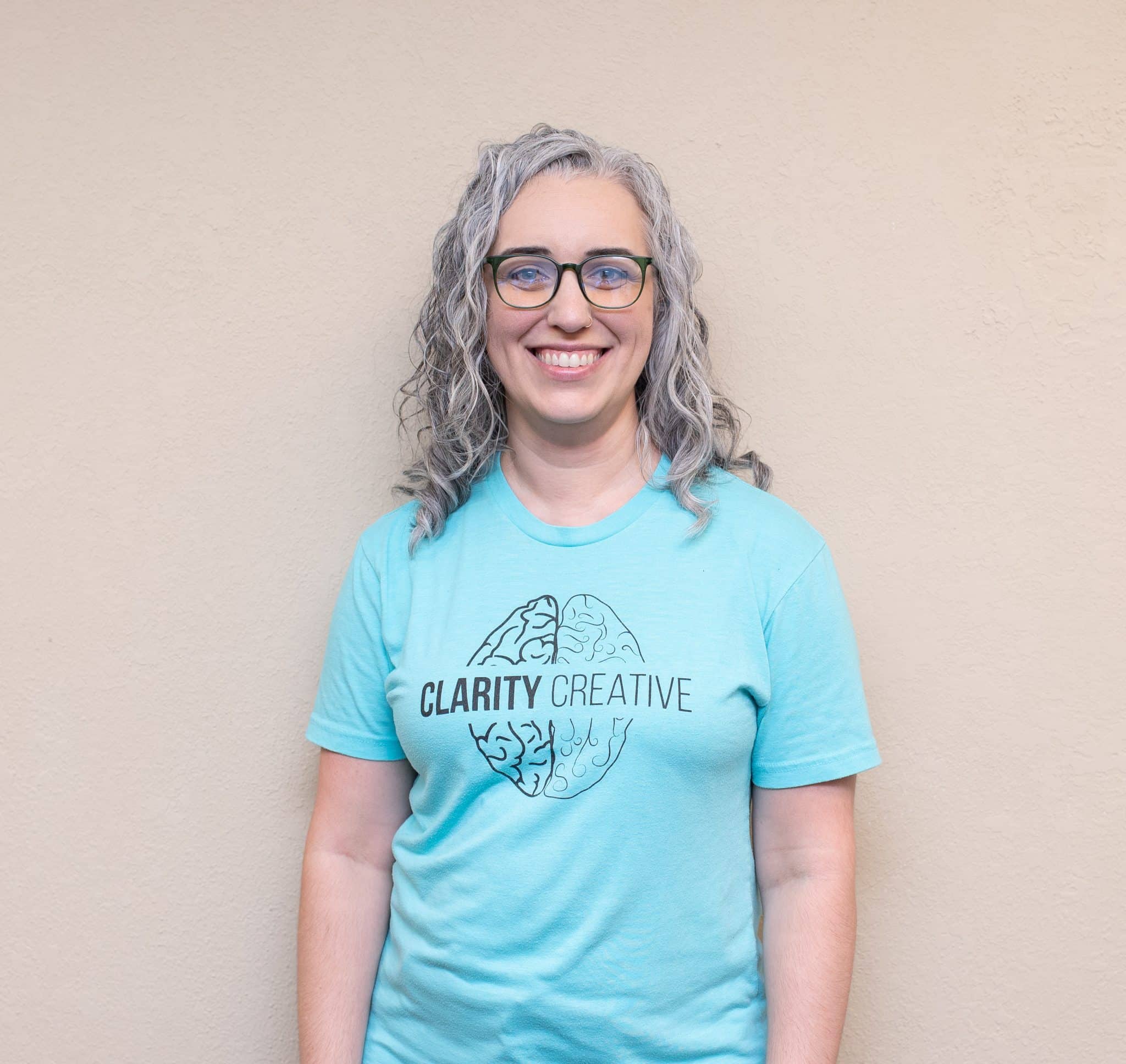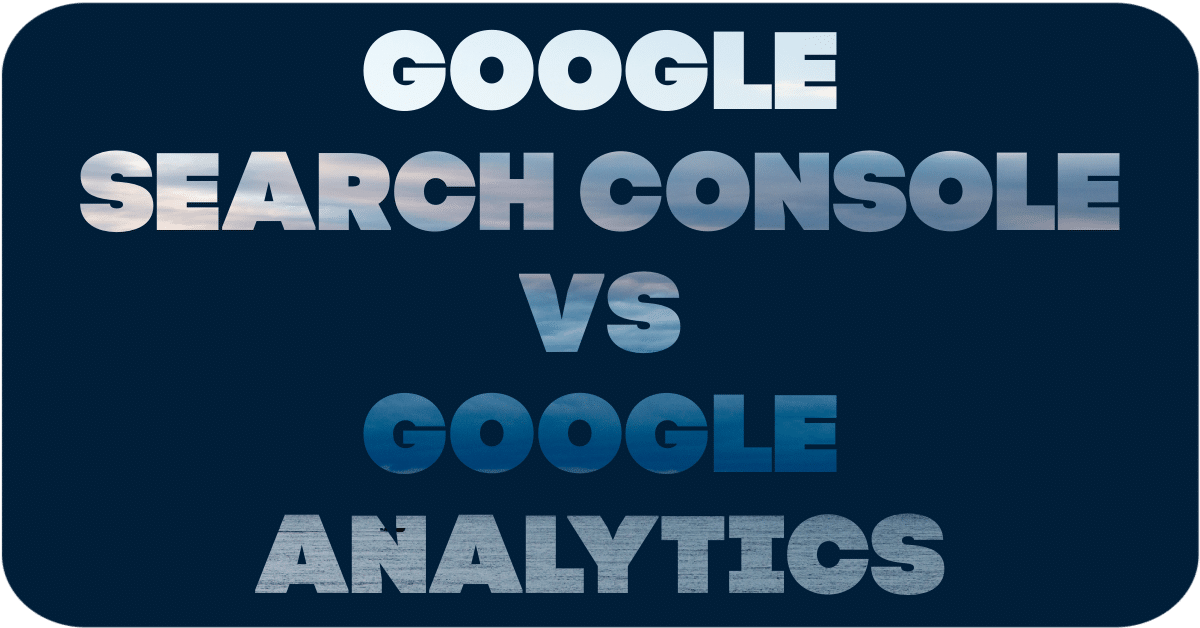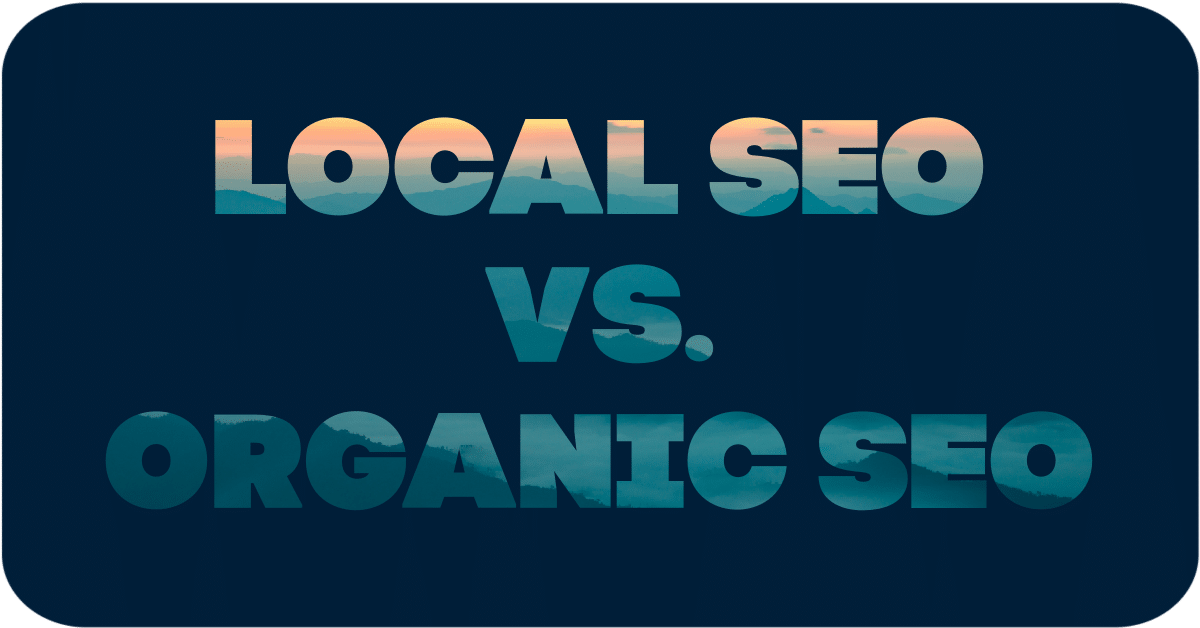Being in the “tech business,” we get a lot of questions about mobile apps.
Most of the time, people are just idly curious about the type of work we do. The ones who are really trying to be movers and shakers in their industry usually ask whether we can help them create an app and how much we charge.
These are all genuine, valid questions, our response is usually a bit unexpected. What they probably should be asking is “Do I really need a mobile app?” because the answer is “no, maybe not.”
Do I Really Need a Mobile App?
Our standard speech is that mobile apps are great, but you shouldn’t bother delving into one unless it can offer something that a website can’t. Our favorite example is the Chase Bank Mobile App: it lets you take a picture of a check in order to deposit it into your account. No driving, no ATM…just click and go back to drinking your morning latte. You can’t do that on a laptop or desktop.
There is a time and a place for app development, and the cost (anywhere from $3,000 to $150,000) should force you to stop and think about the necessity of it before you hire anybody. So, first, let’s decide whether or not your idea is worth developing into an app. (Spoiler: you should always start with a great idea. If you’re just looking into apps because everyone else has one and you don’t want to feel left out, take a deep breath. Now close your eyes. Now slap some sense into yourself and get back to work.)
When You Need an App
In the intro, I mentioned that the best apps do some function that a website can’t. Sounds straightforward enough, but what exactly does that mean? Other than mobile deposits, is there anything a website can’t do?
In short, yes. Lots.
First, think about the benefits that Smart phones have over a desktop or laptop:
- They have a camera/barcode scanner.
- They allow push notifications.
- They track your location.
- They have a touch screen.
- They make phone calls and texts. (Bet you forgot about that nifty feature!)
- They are always close at hand.
Good apps make use of one or more of these features to entice you to let them use up valuable memory on your iPhone or Android.
Chase Bank uses your phone’s camera to take pictures of a check for deposit.
Social networking and gaming apps use push notifications to let you know when someone’s interacted with your profile or when you have lives to use. (I had to turn off push notifications in Two Dots because I got way too addicted!)
The Google Maps app tracks your location to give you turn-by-turn directions, whether you’re driving, walking, or taking the bus.
Games like Temple Run and Angry Birds use your phone’s touch screen to make gaming more fun.
Skype’s app uses your phone to make free calls.
MyFitnessPal’s calorie counter app is in your pocket or purse at all times, making it easy for you to input the calories from that Bloomin’ Onion you scarfed down with your college buddies.
One of the coolest apps we’ve seen lately is for an Orlando rock radio station, X107.3. They’ll send you a notice (via email, text, or X) whenever your “jam” is playing, and they’ll even let you record a song request to play on the air.
Say Hello, and Let's Get To Work Together
When You Don’t Need an App
If your “million dollar” app idea doesn’t use any of a Smart phone’s unique features, don’t fret. You can still use that great idea as a website.
Say you want fans of your cupcake shop to vote on their favorite flavor, or you want to create an interactive map of the U.S. to teach kids the state capitals. In this case, a responsive website or a separate mobile site would work just as well (and wouldn’t cost you an arm and a leg).
What do we mean by “responsive”? (It’s okay, we get this question a lot.)
You’re probably familiar with the problem of having to zoom in and out to navigate a site on your mobile phone. Responsive sites automatically resize and rearrange all of your menu headings, images, text, and photos into an easily viewable format that fits perfectly on a mobile screen.
If you browse through our gallery of completed sites, you’ll find that most of them are responsive (if you aren’t on a mobile device, minimize your screen and you’ll see what I mean). If they’re not responsive, that means we probably built them before mobile really became a big deal.
Another option is creating a mobile site in addition to your regular website. Having a separate mobile site can be a good compromise between a responsive site and an app. By creating a mobile site, you can build it with a smaller screen in mind, making design choices that you might not make for a desktop-sized screen. Many larger companies (like Amazon and Walmart) do this to give you a precisely perfect mobile experience. If you’ve got the money to build two websites (one mobile and one not), this can be a good option for you.
Long story short, your business doesn’t need an app if you’re only going to offer a menu, hours of operation, photo gallery, product list, etc. If it’s something they could get from a website, just stick with a website (one that looks great on a phone).
And if that hasn’t convinced you, we want to remind you that we charge around $1,478 for a responsive website. Way less than the $6,000 it costs for the average app.
Maybe this article has actually given you a great idea for an app. Awesome! Let us know that you’re thinking about; we’d love to hear about it (and possibly give you a few more pointers). But you won’t need to worry about us taking your idea, because—while we love apps and use them on our own phones all the time—we as a company don’t offer mobile app development as a service.
Plenty of people have some really amazing ideas, but we’ve discovered that building them is best left to the professionals who specialize in that kind of thing (i.e. not us). Apps are time-consuming and expensive to develop, design, test, and troubleshoot and we’d rather work with what we do best.
What do you think? Have you been considering getting a mobile site? Have we changed your mind? Let us know in the comments section!
Clarity Creative Group is a web design & internet marketing company located in beautiful Orlando, Florida. We’re currently stuck on Level 69 of Two Dots and it’s driving us crazy!
Save
Save
Save







